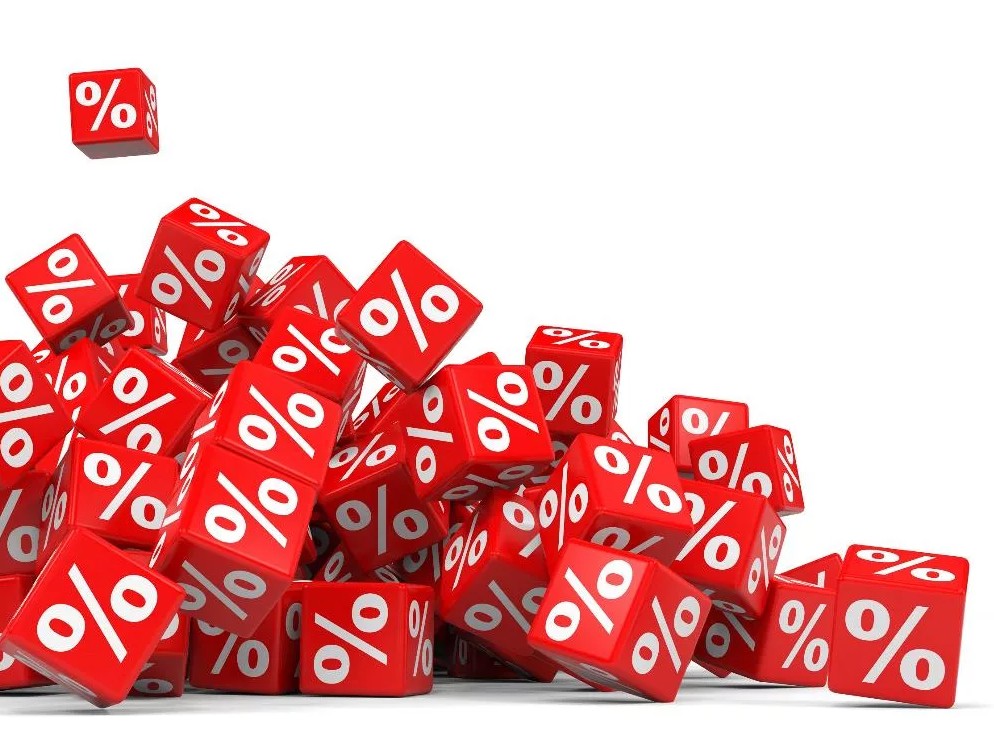“50% off!” “Last chance!”—these phrases trigger a psychological rush, but how often do they actually save you money? Retailers use well-researched tactics to make us perceive value where it might not exist. For example, “anchoring” shows a high original price next to a sale price, making the discount seem larger than it really is.
Another trick is the “decoy effect,” where a third, less attractive option pushes you toward the more expensive choice. For instance, a $10 basic item, a $25 premium item, and a $22 “mid-tier” option make the $25 version appear more reasonable. Even if you planned to spend $10, the decoy shifts your perception of value.
Stores also exploit “left-digit bias”—our tendency to focus on the first number in a price. $9.99 feels significantly cheaper than $10.00, even though the difference is just one cent. Subscription models use similar psychology by offering low introductory rates, knowing most people won’t cancel even after prices increase.
To combat these tricks, adopt a skeptic’s mindset. Ask: Would I buy this at full price? Is this a need or a manufactured urgency? Use price-tracking tools to verify “deals,” and always check unit pricing to compare real value. Awareness is your best defense against artificial scarcity and fake discounts.

